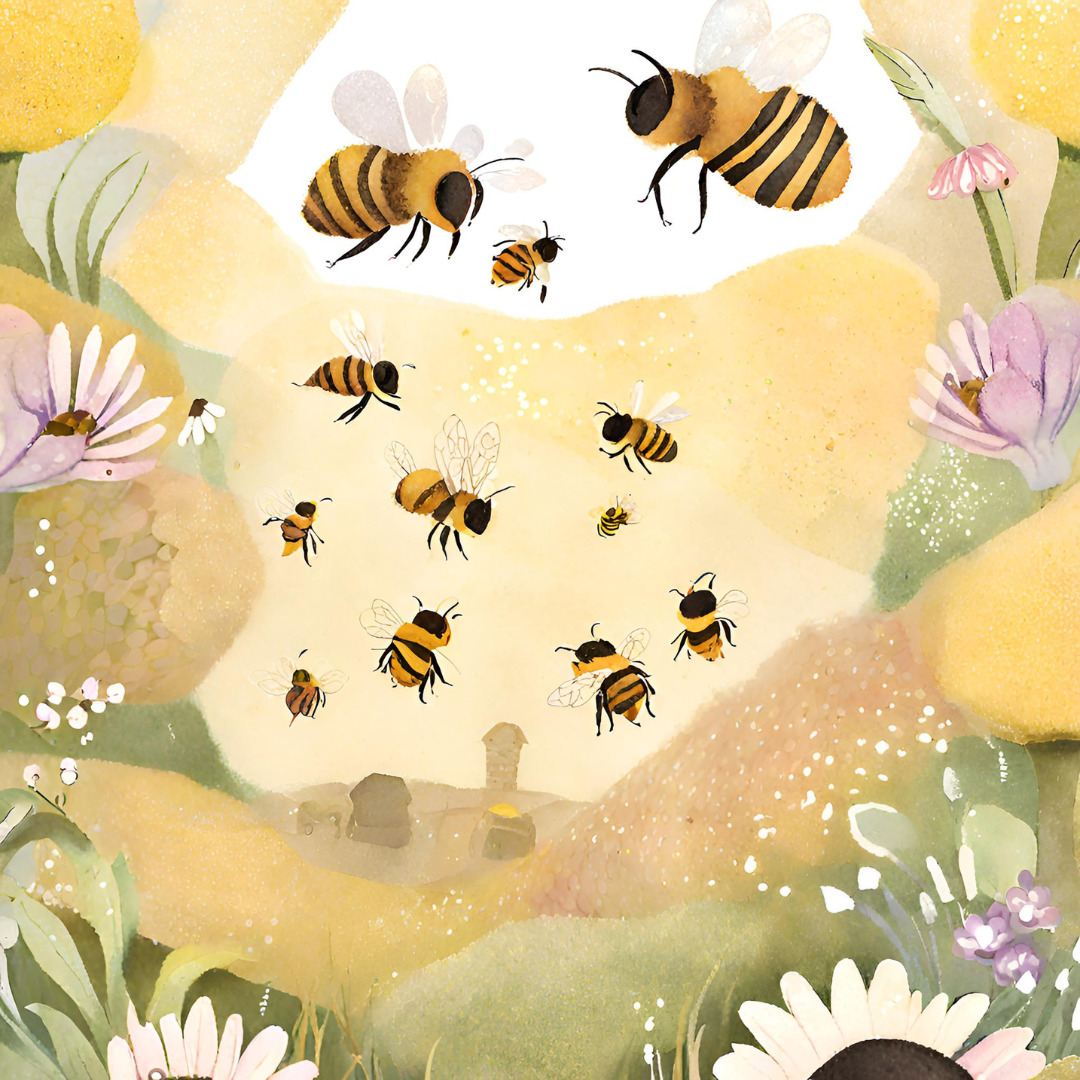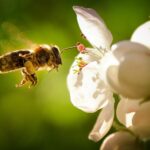Introduction: As the sun climbs higher in the sky and the days grow longer, the hive awakens with renewed vigour, echoing the vibrant energy of spring. Join us as we journey into the heart of the hive to discover the bustling activity of bees during this transformative season. Additionally, we’ll explore how you can create a pollinator-friendly haven in your own backyard by planting bee-friendly flowers.
Inside the Hive:
-
Spring Cleaning: Just as we engage in spring cleaning to refresh our homes, bees embark on a similar endeavour within the hive. Worker bees diligently clear out debris and remove any deceased members to maintain a clean and hygienic environment for the queen and her brood.
-
Expansion and Reproduction: With the arrival of spring, the hive’s population begins to swell as new generations of bees emerge. The queen, stimulated by the increasing daylight hours, ramps up her egg-laying efforts, ensuring a robust workforce to forage for nectar and pollen.
-
Foraging Expeditions: As temperatures rise and flowers burst into bloom, bees embark on foraging expeditions to collect nectar and pollen to sustain the hive. These industrious insects play a vital role in pollinating a diverse array of plants, ensuring the continuation of ecosystems and the production of fruits and vegetables.
Creating a Bee-Friendly Garden:
-
Choose Native Plants: Opt for native plant species in your garden, as they are well-adapted to the local climate and provide essential food sources for native pollinators. Examples include lavender, aster, coneflower, and wild bergamot.
-
Plant a Variety of Flowers: Aim for a diverse mix of flowering plants that bloom at different times throughout the growing season. This ensures a continuous supply of nectar and pollen to sustain pollinators from early spring to late fall.
-
Avoid Pesticides: Minimize or eliminate the use of pesticides and herbicides in your garden, as these chemicals can harm bees and other beneficial insects. Instead, practice natural pest control methods and encourage biological diversity to maintain a healthy ecosystem.
-
Provide Shelter: Create nesting sites for solitary bees by leaving patches of bare ground or installing bee hotels made from natural materials such as bamboo or wood.
Conclusion: As we embrace the arrival of spring, let us also embrace our role as stewards of the environment and guardians of pollinators. By fostering bee-friendly gardens and supporting the vital work of these remarkable insects, we not only enhance our own lives but also contribute to the flourishing of ecosystems and the preservation of biodiversity. Together, let’s sow the seeds of a brighter, more sustainable future for generations to come.




